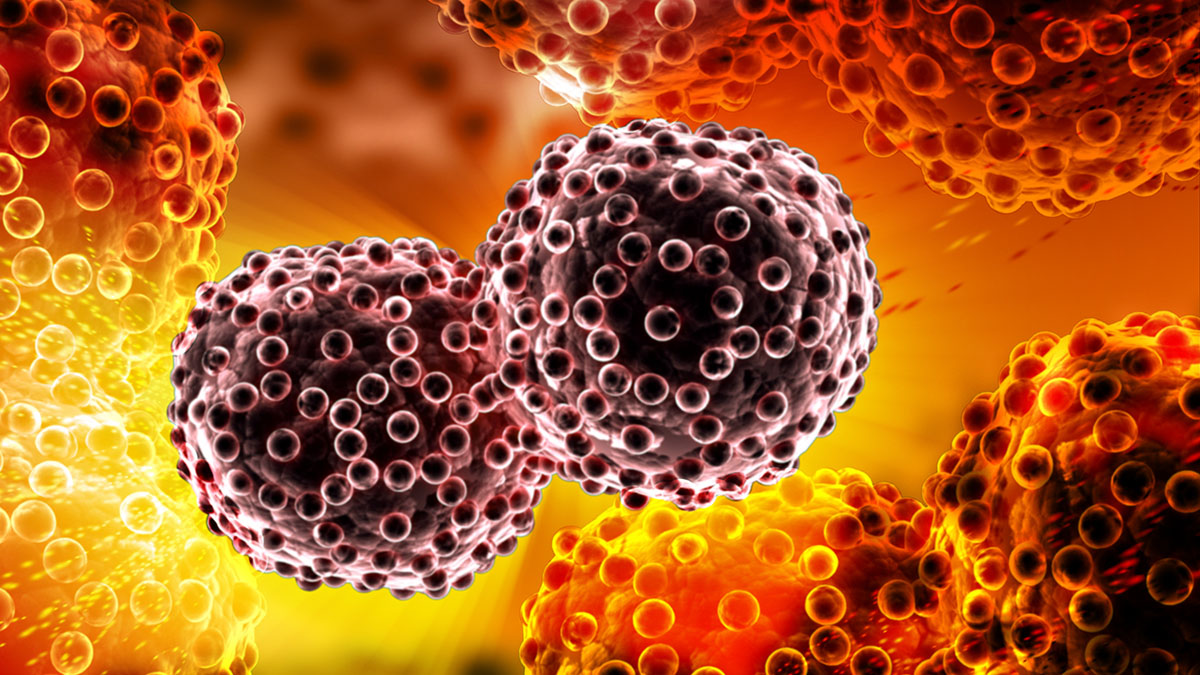screening for cancer with a microscopic amount of gold

Five out of five doctors agree, the best way to beat cancer is to find it as early as possible. The question is how to do that. It’s possible to screen for cancer too much with technology that isn’t sensitive enough to give doctors a good enough idea of what they’re seeing, necessitating very stressful, invasive, and expensive biopsies. But according to researchers from University of Queensland there might be a simpler, easier way to screen for cancer and all it would take is a simple blood draw and ten minutes. Rather than look for lumps and tumors when a patient has certain risk factors or complains, doctors would look for traces of cancerous DNA floating in the bloodstream with gold nanoparticles.
Of course this concept comes with a laundry list of caveats. It can’t tell doctors what type of cancer it is or its stage. It’s also not known if it will work for all cancers or how effective it will be, because it even though it targets a trait thought to be universal among cancers, these diseases always manage to have a nasty surprise for researchers who think they finally figured them out. So far, initial tests show a 90% accuracy for lymphoma, breast, colorectal, and prostate cancers, which is a good start. Even if it can only raise a red flag for the most common forms of cancer, this test could save, or at least drastically prolong millions of lives across the world.
how does this new cancer test work?
Your DNA might have between 19,000 and 20,000 genes, but they’re not all active at the same time. Hanging off one of the four types of DNA nucleobases — cytosine, the C in the ACGT shorthand for genetic code — are methyl groups consisting of a single carbon atom bonded with three hydrogen atoms, interfering with the ability to read the gene and create a protein. This is how biology effectively turns off a gene. Normal, healthy cells have a typical pattern of silenced genes which can change for a wide number of reasons all across a DNA strand, making sure that we don’t produce unnecessary, potentially harmful proteins. Cancer cells, on the other hand, care only about growth.
As a result, methyl groups on DNA strands in cancerous cells are tightly clustered to enable them to keep growing and reproducing. Enter the gold nanoparticles. When they bind with normal DNA strands in water, they produce a blue hue. With cancerous strands, the water is a pinkish color due to the way the nanoparticles bind to the methyl groups, producing a loud and clear signal that something is definitely wrong. This is also why the test doesn’t provide more information. All it can do is basically say “nothing cancerous here” or “something definitely seems cancer-y” based on the pattern of genes being turned on and off in a cell by any type of cancer at any stage of the disease.
fighting cancer one physical at a time
The hope here is that it can become a routine part of a physical that’s both cheap and effective, alerting patients and doctors that something sinister is afoot. Such screenings can go a long way toward helping us deal with cancer like one deals with diabetes, which is ultimately the end goal of modern oncological research. Instead of waiting to hit a certain age, or identifying risk factors for particular cancers that can miss the developing disease when it’s at its most treatable, we can keep an eye out for it with nothing more than routine health checkups and save hundreds of billions of dollars and millions of lives in the process.
But all this said, it’s important to exercise both caution and skepticism. Over the years, many new tests we thought would revolutionize oncology ultimately fizzled out in clinical trials because cancers are so wildly complex and varied. They have an almost endless array of nasty tricks in their arsenal, tricks they’ve been evolving since the dawn of multicellular life on Earth. Hopefully, this methylation technique will come to your doctor’s office sooner rather than later, but don’t be surprised if you never hear about it again.
At the same time, even if it fizzles, the knowledge we gain from it could well be used in another attempt to create a better early warning system for cancer. Any insight we gain into how these diseases work will pay off in the long run. Even though many of us still succumb to some form of cancer, it’s no longer the automatic death sentence it once was and some forms are now quite treatable, with high rates of survival and long remissions. This kind of progress doesn’t happen in a day and it’s worth trying and testing every evidence-based idea to help treat these diseases or get ahead of them in the first place.
See: Sina, A., et. al., Epigenetically reprogrammed methylation landscape drives the DNA self-assembly and serves as a universal cancer biomarker, (2018) Nature Communications Vol. 9, Article No: 4915 DOI: 10.1038/s41467-018-07214-w





